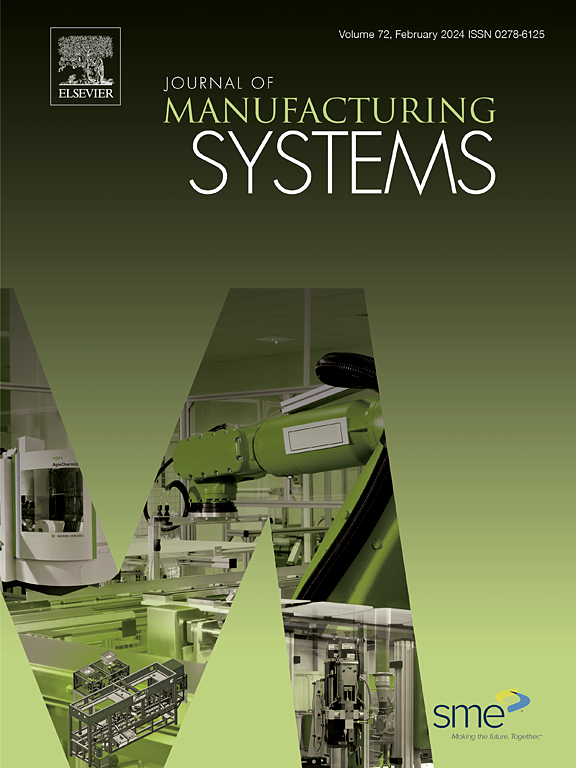Optimizing burn-in and predictive maintenance for enhanced reliability in manufacturing systems: A two-unit series system approach
IF 12.2
1区 工程技术
Q1 ENGINEERING, INDUSTRIAL
引用次数: 0
Abstract
In daily life, the reliability of manufacturing systems is critical, influencing everything from consumer goods availability to global supply chain stability. As manufacturing reliability increasingly dictates market leadership, ensuring system dependability and efficiency has become crucial. Despite extensive research, the integration of burn-in processes and Predictive Maintenance (PdM) within operational frameworks remains inadequately explored, especially in the dynamics of a Two-Unit Series Manufacturing System (TUMS). This research addresses this gap by developing an advanced Semi-Markov Decision Process (SMDP) model that synergistically optimizes burn-in and PdM strategies. This model minimizes downtime and operational costs while maximizing system reliability. Employing a combination of theoretical modeling and empirical validation, the study introduces novel algorithms that optimize maintenance schedules and predict system degradation effectively. The robustness of our approach is validated through comprehensive comparison analysis, which highlights the superior performance of our predictive maintenance model over traditional methods. A practical case study involving an EV battery system demonstrates the real-world applicability and significant improvements in battery reliability and operational lifespan. Sensitivity analysis and Monte Carlo simulations further substantiate the model’s effectiveness, showing resilience to parameter variations and consistent performance benefits under varied scenarios. In the specific context of our EV battery case study, implementing the proposed strategies initially resulted in a notable increase in EV battery lifespan and a significant reduction in maintenance costs. Ultimately, this study not only advances the theoretical framework of maintenance optimization but also equips industrial applications with a robust, scalable model, marking a significant step forward in the PdM of complex manufacturing systems.

求助全文
约1分钟内获得全文
求助全文
来源期刊

Journal of Manufacturing Systems
工程技术-工程:工业
CiteScore
23.30
自引率
13.20%
发文量
216
审稿时长
25 days
期刊介绍:
The Journal of Manufacturing Systems is dedicated to showcasing cutting-edge fundamental and applied research in manufacturing at the systems level. Encompassing products, equipment, people, information, control, and support functions, manufacturing systems play a pivotal role in the economical and competitive development, production, delivery, and total lifecycle of products, meeting market and societal needs.
With a commitment to publishing archival scholarly literature, the journal strives to advance the state of the art in manufacturing systems and foster innovation in crafting efficient, robust, and sustainable manufacturing systems. The focus extends from equipment-level considerations to the broader scope of the extended enterprise. The Journal welcomes research addressing challenges across various scales, including nano, micro, and macro-scale manufacturing, and spanning diverse sectors such as aerospace, automotive, energy, and medical device manufacturing.
 求助内容:
求助内容: 应助结果提醒方式:
应助结果提醒方式:


